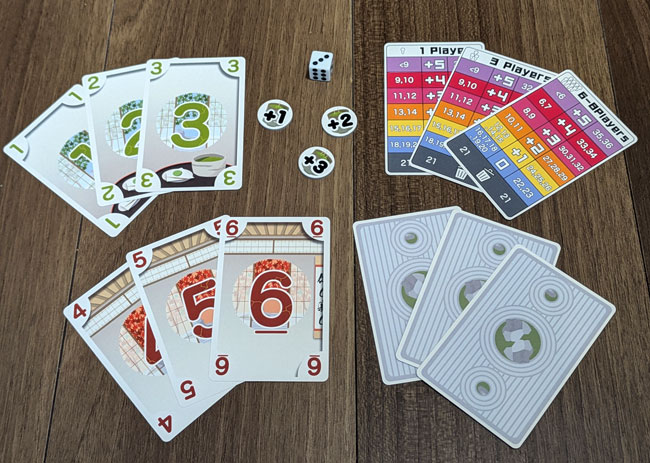WabiSaby
Hmm, this back is the front...
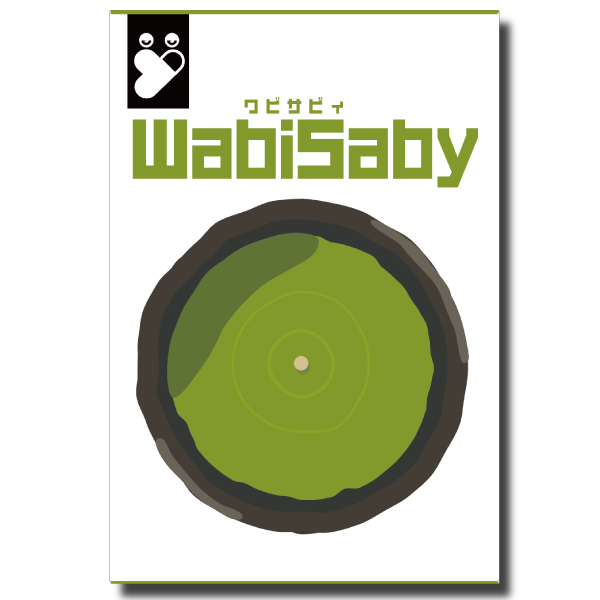
Game Overview
An ultra-simple WabiSaby card battle unfolds with 1-6 hand cards, mixing face-up and face-down states!
It's a analog game (card game) where you continuously exchange cards while keeping their face-up/face-down state, and the target and goal you aim for also change.
- Ages: 8+
- Players: 1-8
- Playtime: 20 minutes
- Languages: Japanese, English
Rules Explanation
1.make your total "higher" or "lower"
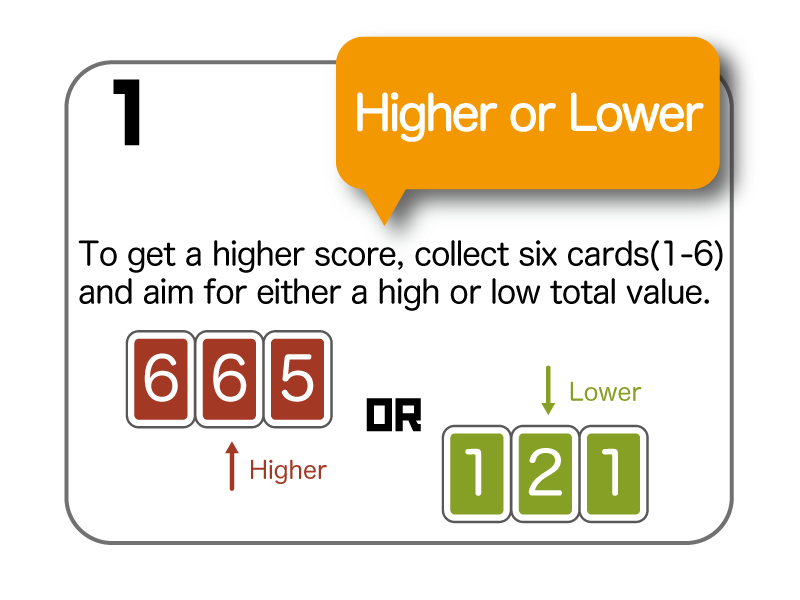
The game is simple: Collect six cards, each with a number from 1 to 6.
The goal is to get a very high or very low total value. The points you score are determined by a scoring chart, so aim for a total that will earn you the most points!
2.I don't target myself?
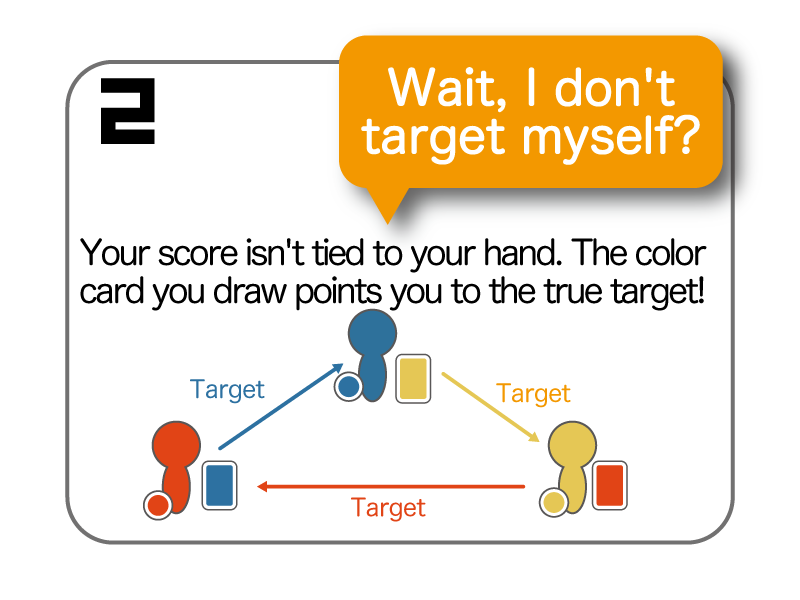
However, the target for scoring is not necessarily your own hand! (Hm?)
The player holding the chip of the same color as the color card drawn at the beginning of each round is the "target" for scoring in that round.
This "target" is revealed at the end of the round, so during the round, players play while trying to figure out who is whose scoring target.
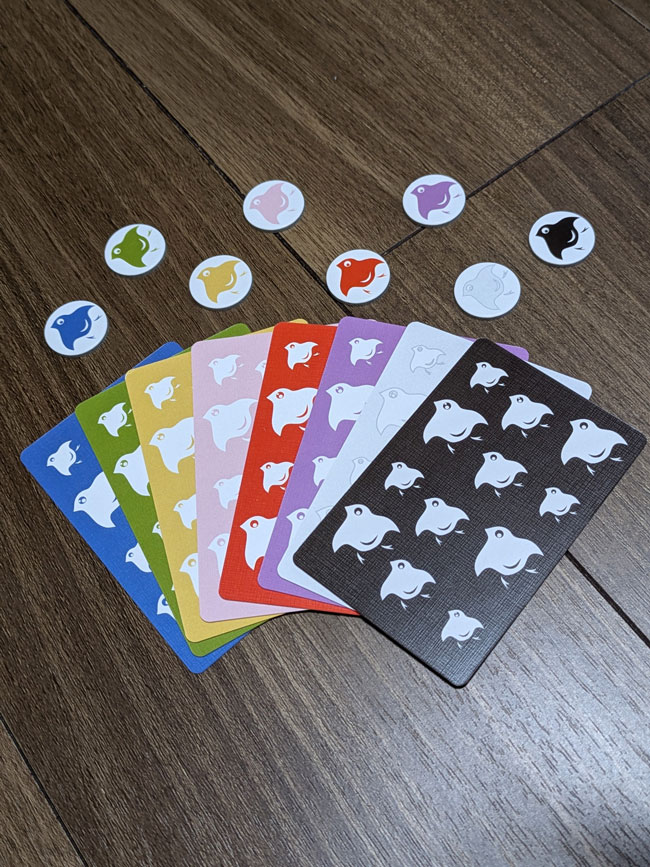
3.Keep them face down or face up
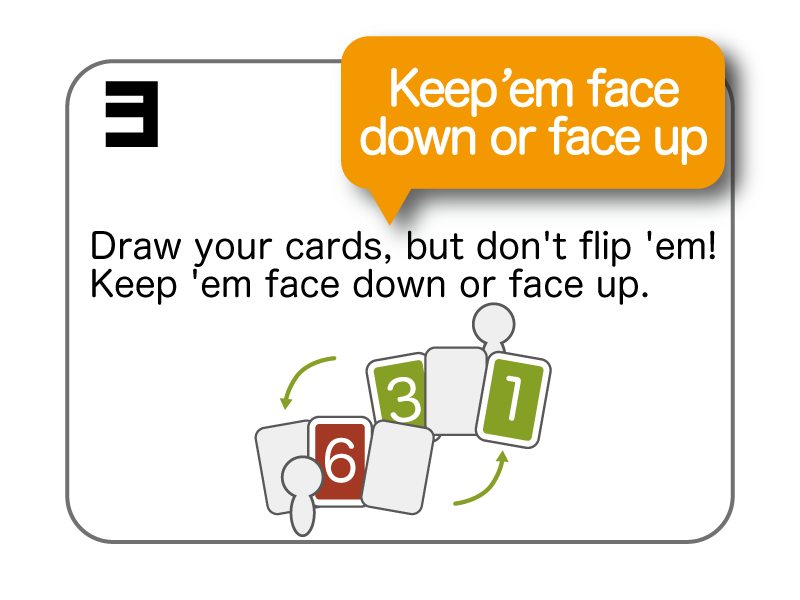
At the start of a round, you begin with half of your hand (3 cards) flipped face-down. (Hmm?)
The game gets even more unique with a key rule for trading cards: you swap them "as is," face-up cards remain face-up, and face-down cards remain face-down.
This means if you trade a face-up card with your opponent, you know exactly what number you're giving them. But since they receive it face down, they have no idea what they just got!
And if you take a face-down card from your opponent, it stays face-down in your hand. You'll be adding a card to your hand without knowing what number it is.
It's a tricky mechanic to explain in words, but this strange, mind-bending feeling is something you really have to experience. The rules are simple, but they're guaranteed to mess with your head in the best way possible!
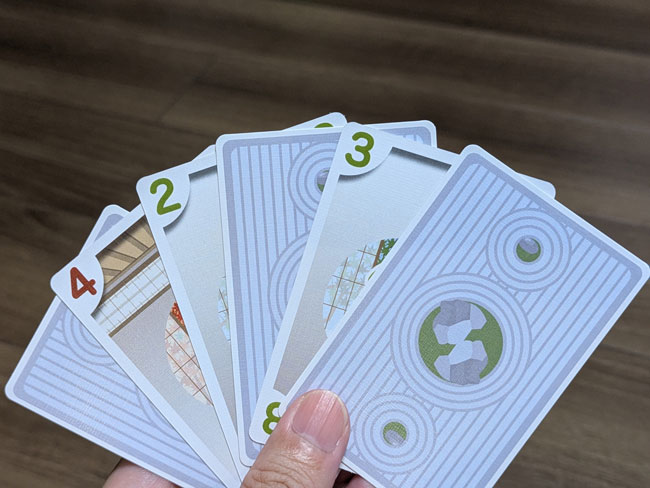
4.Double-Sided backs?
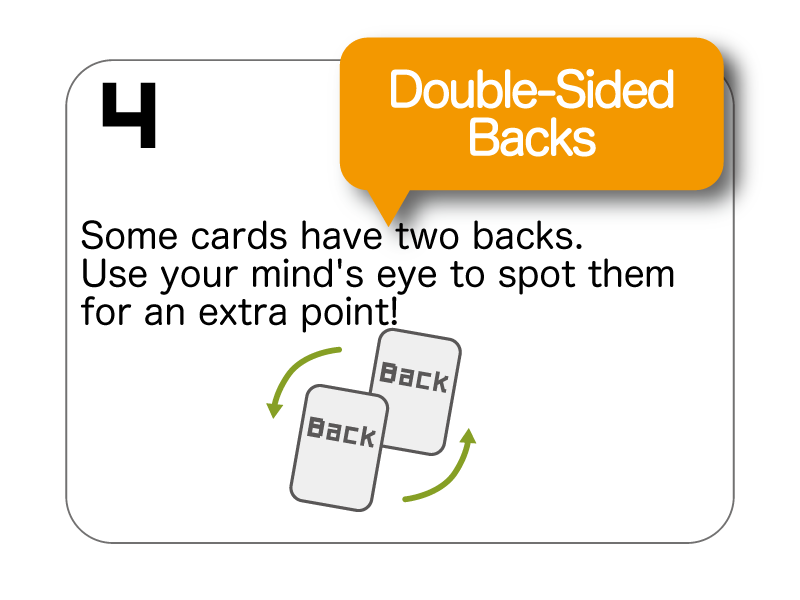
Furthermore, among the cards, there are "WabiSaby cards" whose both sides, front and back, feature the face-down design. (Hmmm?)
If you hold these "WabiSaby cards" at the end of a round, they give you additional points, but if you don't observe carefully, they are hard to distinguish at a glance.
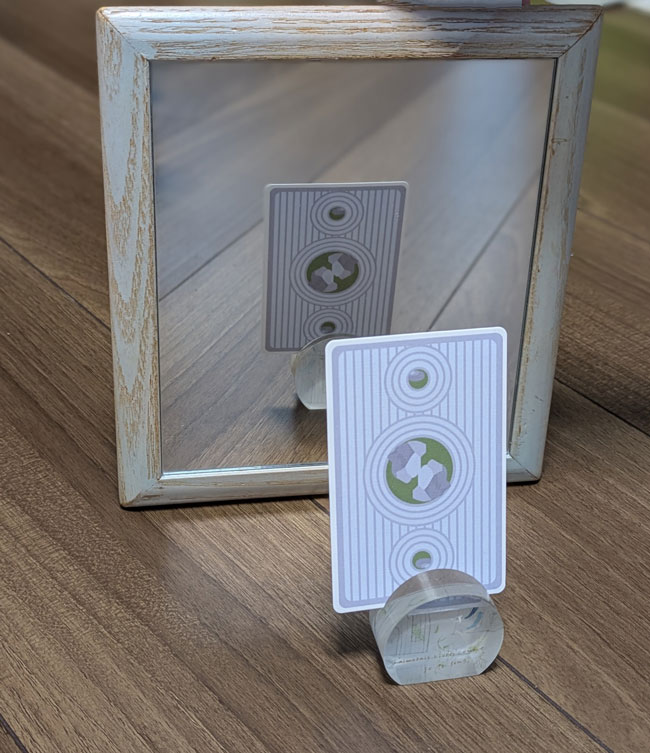
Each round ends when the "Appraisal Count" shown on the die reaches zero.
"Appraisal" is when you declare on your turn and can secretly examine your own cards, both face-up and face-down. (Hmmmm?)
Each time you perform an appraisal, the die showing the common appraisal count for the entire table decreases.
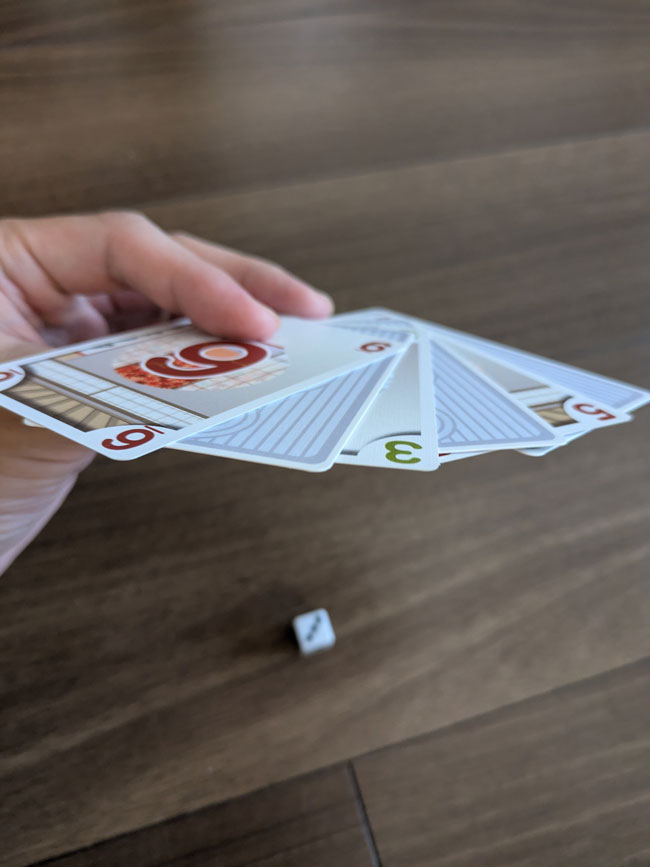
Reading this far, you might feel, "Hmm? Is this a bit of a tricky game?" However, once you actually play it, the rules are simple enough for even children to quickly learn.
Despite its simplicity, you're sure to get addicted, puzzled by the complex intertwining intentions and the constantly changing face-up/face-down states of the cards!
Cards 1-3 are designed based on the "green" color of tea, and cards 4-6 are based on the "red" color of autumn leaves, so collecting cards of the same color will increase your score.
Also, the numbers subtly feature Kintsugi (golden joinery) to evoke a WabiSaby atmosphere.
Please enjoy the world of WabiSaby expressed through the face-up and face-down sides of the cards!
